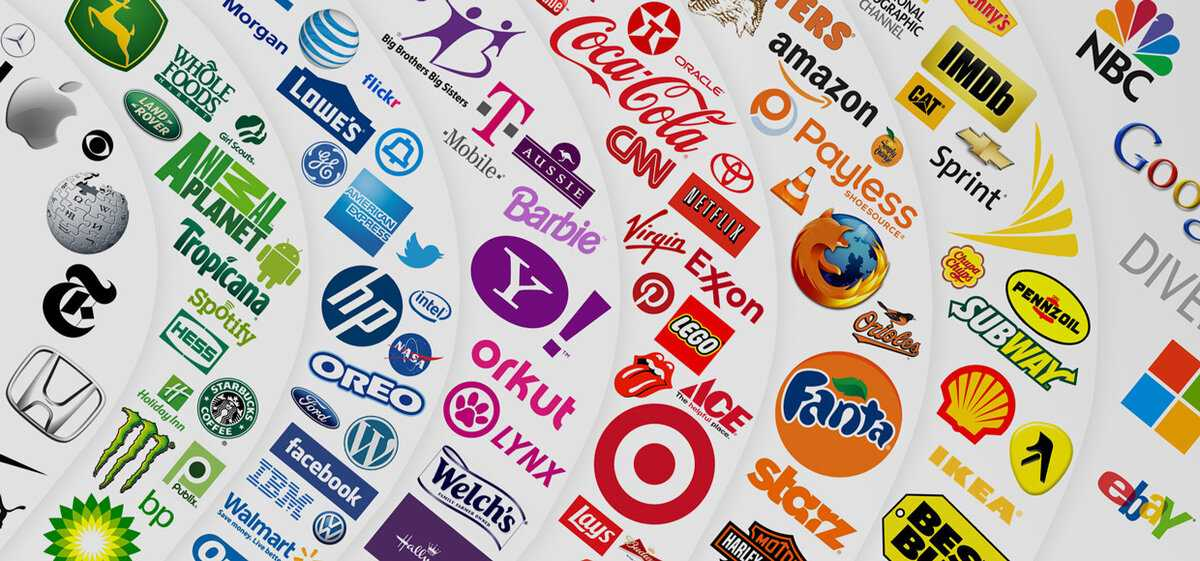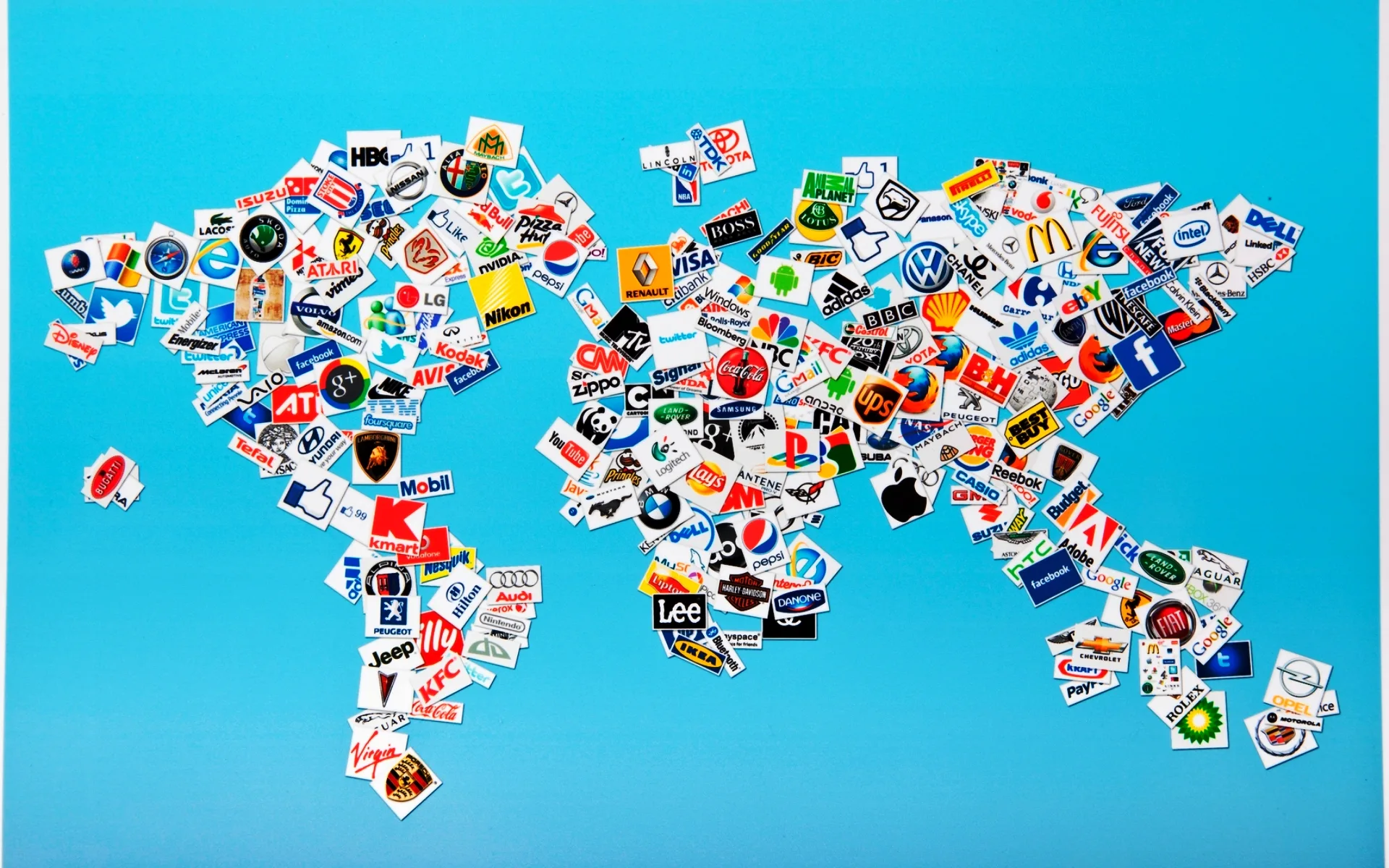Globalization of Brands: Current Status and Prospect

Karabanov G.O.
Globalization's impact on brands
Importance of analyzing the current state and prospects of native and foreign brands
Overview of presentation structure

2

Current State of Native Brands
Native brands benefit from economic stability, accessible infrastructure, and government support.
Fact 1: Macroeconomic upturn: Projected GDP growth and increased investment in capital assets (source: Ministry of Economic Development)
Fact 2: Accessible infrastructure: Availability of commercial real estate, energy resources, and transportation networks (source: Rosstat)
Fact 3: Government support: Measures such as subsidized lending programs and tax incentives (source: Ministry of Finance)
Fact 4: Positive consumer sentiment: Rising disposable incomes and purchasing power (source: Rosstat)ыЫЫ
3
Challenges and Opportunities for Native Brands
Native brands face challenges in sectors subject to stringent regulations and intense competition, but opportunities exist in emerging trends.
Fact 1: Regulatory hurdles: Compliance with safety and environmental standards (source: Technical Regulation 018/2011)
Fact 2: Preference for low-priced automobiles limits competitiveness (source: Industry reports)
Fact 3: Opportunities in retail sector: Surge in demand for diverse and innovative products (source: Market research)
4

Current State of Foreign Brands
Foreign brands encounter challenges from protectionist policies and consumer preferences but adopt strategies to navigate the market effectively.
Fact 1: Protectionist policies: Localization requirements and utilization fees (source: Government regulations)
Fact 2: Compliance with regulations: Need for substantial investment in technology and infrastructure (source: Industry reports)
Fact 3: Strategies for market entry: Localization of production, collaboration with local partners (source: Industry analysis)
5
Prospects for Foreign Brands
Despite challenges, promising prospects exist for foreign brands in high-growth sectors and government-supported initiatives.
Fact 1: Chinese investment in various sectors: Real estate, construction, and pharmaceuticals (source: Russian-Asian Union of Industrialists and Entrepreneurs)
Fact 2: Collaboration opportunities in biotechnology and medical technology (source: Industry trends)
Fact 3: Government support: Import substitution and industrial development programs (source: Government initiatives)
6

Conclusion
Summary of key points: Challenges and opportunities for both native and foreign brands in the Russian market
Importance of strategic adaptation and alignment with market dynamics
Call to action: Embrace globalization and capitalize on emerging trends for sustainable success
7

Slide Title
8

Корь
корб это страшно
корь мешает человеку жить
а еще болят пальцы
и воняют ноги
9